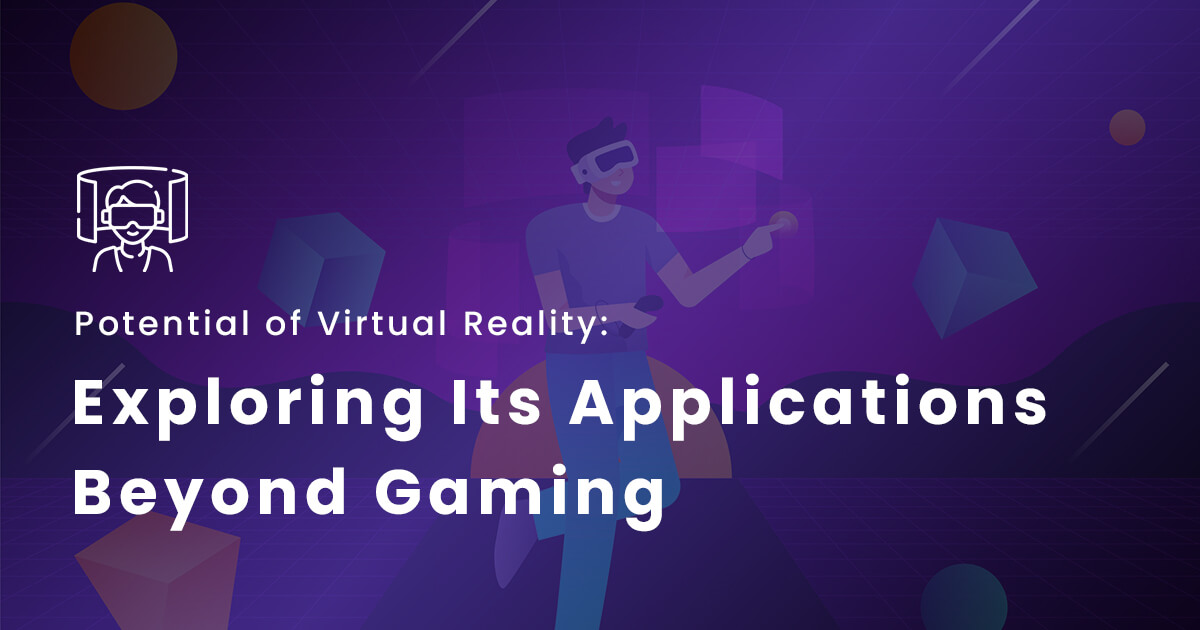Generative AI, also known as Generative Adversarial Networks (GANs), is a cutting-edge technology that has garnered widespread attention for its ability to generate content that closely resembles human-created work. From text and images to music and videos, generative AI enables machines to produce diverse and realistic content autonomously. In this blog post, we’ll explore the fundamentals of generative AI, its underlying principles, applications across various industries, and the potential impact it holds for the future.
Understanding Generative AI
Generative AI operates on the principle of machine learning, specifically within the domain of unsupervised learning. Unlike traditional machine learning models that are trained to classify or predict data, generative models are trained to generate new data samples that are similar to the training data. The key innovation behind generative AI lies in its ability to learn the underlying distribution of the data and generate new samples from that distribution.
At the heart of generative AI are Generative Adversarial Networks (GANs), a framework introduced by Ian Goodfellow and his colleagues in 2014. GANs consist of two neural networks – a generator and a discriminator – which are trained simultaneously through a competitive process. The generator aims to produce realistic data samples, while the discriminator learns to distinguish between real and generated samples. Through iterative training, the generator improves its ability to generate realistic content, while the discriminator becomes better at discerning between real and fake data.
Applications of Generative AI
Generative AI has found applications across a wide range of industries, revolutionizing how we create and interact with digital content. Some of the key applications include:
Image Synthesis:
Generative AI enables the creation of photorealistic images, ranging from artistic portraits to landscape scenes. StyleGAN, one of the most notable generative models, has been used to generate high-resolution images with remarkable fidelity and diversity. Image synthesis has applications in fields such as design, advertising, and entertainment, where realistic visuals are paramount.
Text Generation:
Text generation models powered by generative AI have gained prominence for their ability to produce coherent and contextually relevant text. OpenAI’s GPT (Generative Pre-trained Transformer) series, for example, can generate human-like text based on a given prompt. Text generation has applications in natural language processing, content creation, and conversational agents, among others.
Music Composition:
Generative AI has also been applied to music composition, allowing machines to create original compositions in various genres and styles. Models like MuseNet have demonstrated the ability to generate complex musical sequences with diverse instrumentation and structure. Music composition using generative AI has implications for music production, entertainment, and creative expression.
Video Generation:
Advancements in generative AI have paved the way for video generation, where machines can create realistic video sequences from scratch. While still in its early stages, video generation holds promise for applications in filmmaking, animation, and virtual reality, where synthesized content can complement or enhance human-created visuals.
The Future of Generative AI
As generative AI continues to evolve, the possibilities are virtually limitless. From enhancing creativity and productivity to enabling personalized experiences and automating content creation, generative AI holds the potential to reshape industries and redefine human-computer interaction. However, along with its transformative potential come ethical considerations surrounding issues such as bias, authenticity, and ownership of generated content.
In conclusion, generative AI represents a groundbreaking advancement in artificial intelligence, empowering machines to create content with unprecedented realism and diversity. With its wide-ranging applications and transformative impact, generative AI is poised to revolutionize how we create, consume, and interact with digital content in the years to come. As researchers and practitioners push the boundaries of generative AI, the future holds exciting possibilities for innovation and discovery in this rapidly evolving field.




